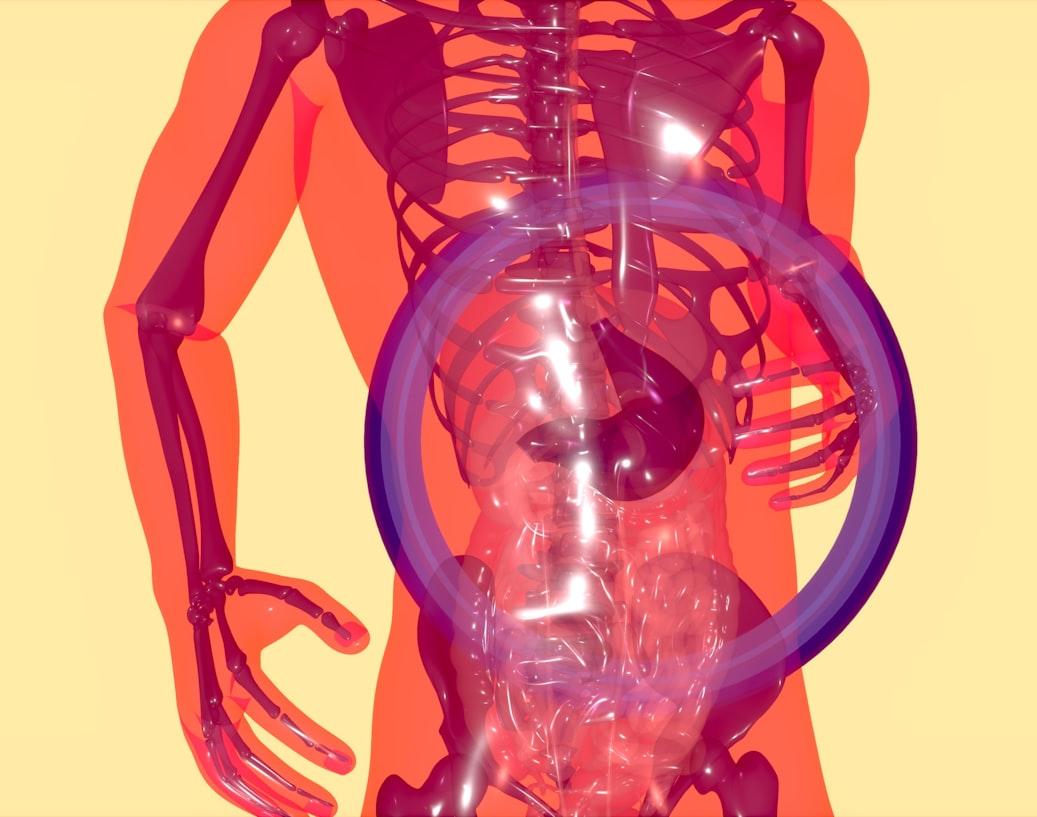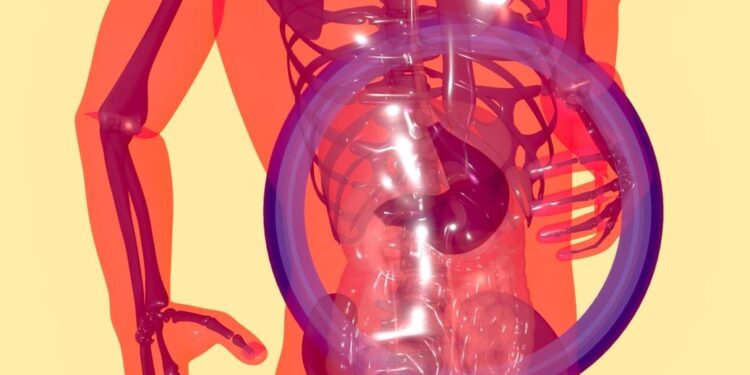Ever heard of dumping syndrome? Dumping syndrome happens when the food you’ve eaten moves too quickly from the stomach into the small intestine. You can definitely feel it happening because it comes with a couple of uncomfortable symptoms.
Dumping syndrome affects about 20 – 50% of people who have had gastric bypass surgery. However, not just people who have had a gastric bypass surgery before, people who suffer from other stomach problems can also experience it. There’s more to dumping syndrome like its types, individual symptoms, and their triggers. Let’s take a look at each of them.

Types of Dumping Syndrome
This syndrome has two types; early dumping and late dumping.
Early Dumping Syndrome
This type of dumping syndrome happens when the food you eat moves to quit from your stomach and into your small intestines right after you eat. This movement affects your digestion, causing your body to react in uncomfortable ways.
It happens 10 to 30 minutes after you eat, especially if you eat a meal high in sugar or carbohydrates. The stomach doesn’t get enough time to break the food down properly, and suddenly a lot of food and fluid is rushed into the intestines.
Symptoms of Early Dumping Syndrome
- Nausea
- Stomach cramps
- Bloating
- Diarrhea
- Sweating
- Heart Palpitations
Trigger for Early Dumping Syndrome
There are certain things that you can eat that will trigger the symptoms of early dumping syndrome, causing your stomach to empty too quickly.
Sugary Foods: Eating sweets, drinks, or pastries causes sugar to travel quickly from the stomach to the small intestine. The small intestine then draws a large amount of water from your blood to deal with the sugar. This produces symptoms such as bloating, diarrhea, and cramping.
High-Carb Meals: White bread, pasta, and rice contain carbohydrates that can quickly convert to sugar. Sugar rushes into your small intestine, drawing water with it, just like when you eat sweet meals. Your blood sugar rises, and your body produces a lot of insulin to bring it down, which can make you feel dizzy or weak if it drops too quickly.
Large Meals: When you eat a large meal, your stomach pushes a lot of food into your small intestine at once. The small intestine cannot manage too much food at once, resulting in cramping and bloating.
Late Dumping Syndrome
This happens when good, especially sugar or carbohydrates is absorbed too quickly into the bloodstream after eating. Unlike early dumping which occurs soon after a meal, late dumping as the name implies, happens 1 to 3 hours after eating.
This is produced by a sudden increase in blood sugar levels, causing the body to release insulin. Typically, insulin lowers blood sugar, but it frequently overshoots, resulting in a fast dip in blood sugar, or hypoglycemia.
Symptoms of Late Dumping Syndrome
- Dizziness
- Weakness
- Sweating
- Shakiness
- Hunger
- Confusion
- Rapid heartbeat
Trigger for Late Dumping Syndrome
The main thing that triggers late dumping is the body reacts to certain foods, just like in early dumping. When you eat sugary foods, your bloodstream swiftly converts them into glucose (sugar).
When blood sugar levels rise, the body produces an excess of insulin. As a result, blood sugar levels drop too low. The same effect happens when you consume an excessive amount of food or foods heavy in carbs.
Bottom line
Dumping syndrome happens when food moves too fast from your stomach into your small intestine, causing discomfort. It can happen soon after eating (early dumping) or a few hours later (late dumping), especially if you eat sugary, high-carb, or large meals.

















